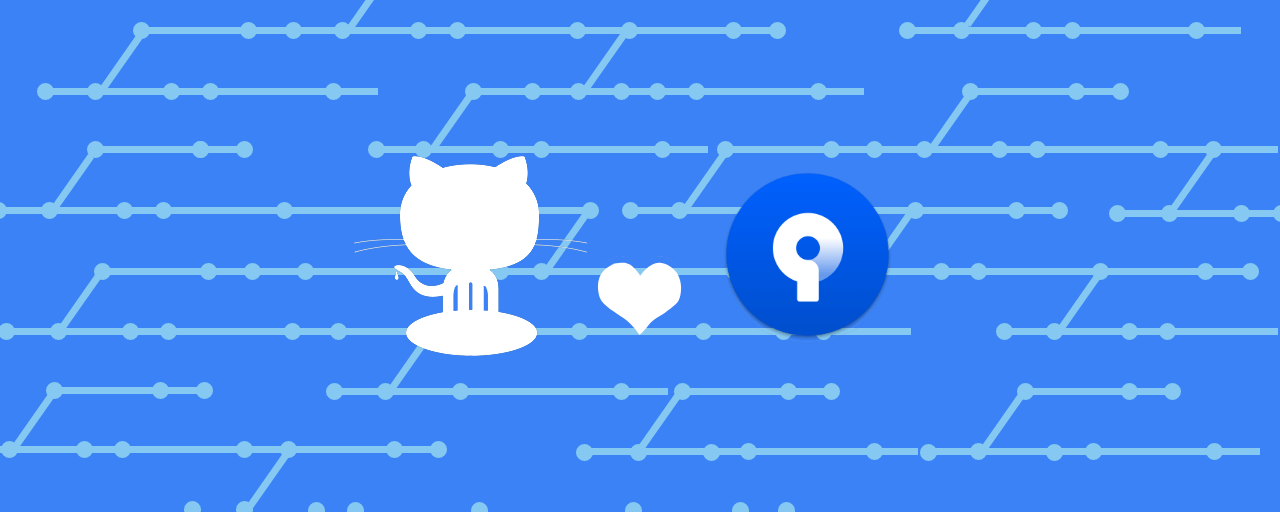
On Windows I use Sourcetree and Beyond Compare works without integration, it shows up in the appropriate dropdowns but on Mac it does not. This protocol was updated 19 March 2011 and works on the 9 March 2001 UCSC jksrc.zip file.I used to use Diffmerge for my merge/comparison needs, however I find the outdated interface to be unfriendly and ugly to look at. Thanks goes to Max Haeussler for tipping me off the Source Tree and the power of overlapSelect.

Notes: This solution works on a 2.4 Ghz Intel Core 2 Duo Macbook running Mac OS 10.5.6 using i686-apple-darwin9-gcc-4.0.1. These instructions should (hopefully) cleanly build the code base that runs a mirror of the of UCSC genome browser, as well as the ~600 utilities including my personal favorite overlapSelect (which I plan to write more about later).

$export MYSQLLIBS="/sw/lib/mysql/libmysqlclient.a -lz" $sudo chown -R yourusername /usr/local/apache/htdocs $sudo chown -R yourusername /usr/local/apache/cgi-bin-yourusername $sudo mkdir /usr/local/apache/cgi-bin-yourusername

ģ) Obtain and Make Kent Source Tree Utilities These instructions are adapted from the general installation notes in kent/src/README.ġ) Install MySQL (5.0.27) and MySQL-dev (3.23.58) using fink.Ģ) Install libpng. The problems relate to building some executables around MySQL libraries which I never fully sorted out, but I’ve now gotten a fairly robust protocol for installation on i386 OSX machine. Additional library functions are available for biological sequence and data manipulation tasks such as reverse complementation, codon and amino acid lookup and sequence translation, as well as functions specifically designed for extracting, loading, and manipulating data in the UCSC Genome Browser Databases.”Ĭompiling and installing the utilities from source tree is fairly straightforward on most linux systems, although my earliest attempts to install on a powerpc OSX machine failed several times. Library subroutines are available for everything from managing C data structures such as linked lists, balanced trees, hashes, and directed graphs to developing routines for SQL, HTML, or CGI code. “programs for sorting, splitting, or merging fasta sequences record parsing and data conversion using GenBank, fasta, nib, and blast data formats sequence alignment motif searching hidden Markov model development and much more. As concisely summarized by Peter Schattner in an article in PLoS Computational Biology, The Source Tree includes:

However, for those of us who would rather type than click, another solution is to download the source code (originally developed by Jim Kent) that builds and runs the UCSC genome browser and integrate the amazing set of stand-alone executables into your own command-line workflows. One of the limitations of web-based access to the UCSC genome browser is the inability to automate your own analyses, which has led to the development of systems such as Galaxy, which provide ways to record and share your analysis pipeline. The ability to visualize genomics data through the genome browser and perform data mining through the table browser, coupled with the ability to easily import custom data, permit a large range of possible genome-wide analyses to be performed with relative ease. The UCSC genome bioinformatics site widely regarded one of the most powerful bioinformatics portals for experimental and computational biologists on the web.


 0 kommentar(er)
0 kommentar(er)
